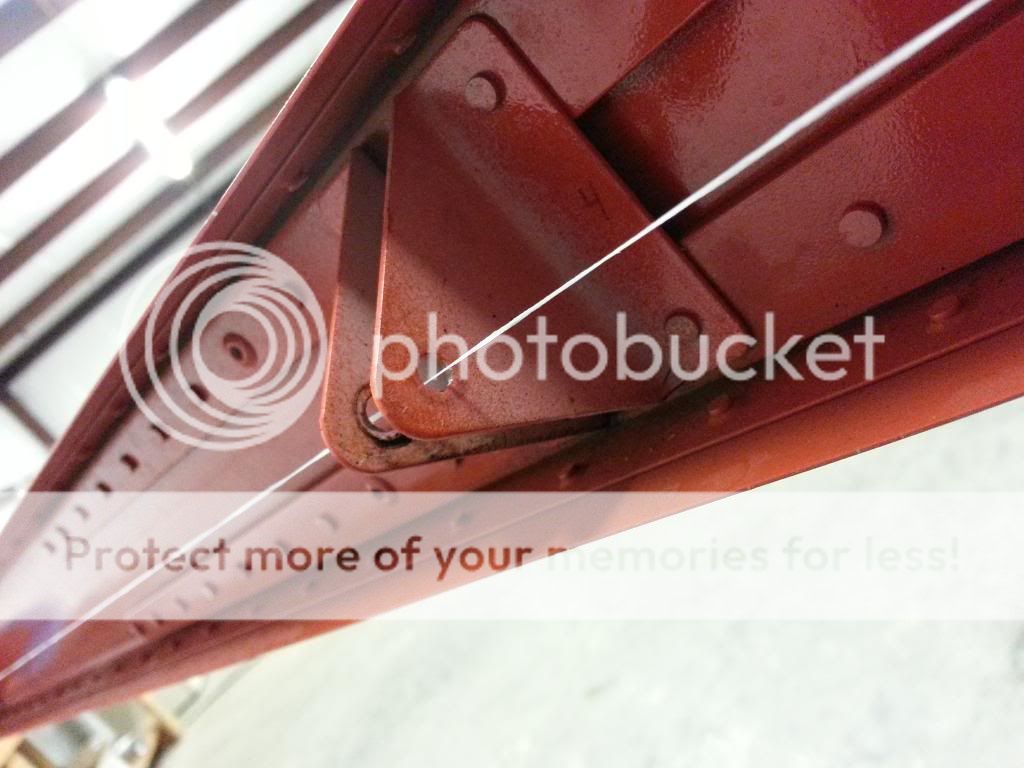I've always believed...
That those locknuts on the rod end bearings, once tightened and torque- sealed, would never come lose without visibly breaking the torque seal. Yesterday, I found myself shaken to the core, seriously. I always visibly look at the locknuts on the all control surfaces during a preflight for just that, and I routinely touch most, but not all of them. Well, yesterday, after 720 hours on the Hobbs, I checked the tail a little more closely and I found one on the left elevator, and one on the rudder that I turned with my fingers during the preflight!
My rudder also had some wind damage about 2 years ago due to a thunderstorm.
Related? Will never know. But I will certainly keep an eye on the jam nuts a little more closer.
As a further note, I have been a DAR on many rv's in the last 5 years, and I have only found 1, yes one, that didn't have some loose jam nuts on the tail rod end bearings. This seems to be a regularly overlooked area.
Vic
That those locknuts on the rod end bearings, once tightened and torque- sealed, would never come lose without visibly breaking the torque seal. Yesterday, I found myself shaken to the core, seriously. I always visibly look at the locknuts on the all control surfaces during a preflight for just that, and I routinely touch most, but not all of them. Well, yesterday, after 720 hours on the Hobbs, I checked the tail a little more closely and I found one on the left elevator, and one on the rudder that I turned with my fingers during the preflight!
My rudder also had some wind damage about 2 years ago due to a thunderstorm.
Related? Will never know. But I will certainly keep an eye on the jam nuts a little more closer.
As a further note, I have been a DAR on many rv's in the last 5 years, and I have only found 1, yes one, that didn't have some loose jam nuts on the tail rod end bearings. This seems to be a regularly overlooked area.
Vic







